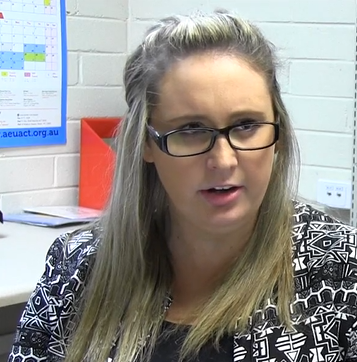Harassment and victimisation
The Disability Standards for Education 2005 This link will open in a new window (the Standards) set out how education providers can work with students and their parents, guardians and carers to ensure that students with disability do not experience discrimination, harassment or victimisation because of their disability.
Definitions
Harassment is any action that results in a student with disability (or with an associate with disability) being humiliated, offended, intimidated or distressed because of their disability.
Victimisation occurs when the student with disability (or their associate) is treated less favourably because they complained, or indicated they may complain, about the treatment they receive due to their disability.
Preventing harassment and victimisation
Students have a right to education free of harassment or victimisation.
Students with disability have a legal right to an education in an environment that is free from harassment and victimisation.
Education providers who uphold these rights will:
- develop strategies and programs aiming to create a school that is free from harassment and victimisation
- take reasonable steps to make sure everyone knows:
- not to harass or victimise students with disability
- what to do if harassment or victimisation happens
- how to make a complaint if a student is harassed or victimised.
Through consultation, education providers can collaborate to create an environment free of harassment and victimisation. For example, when schools and families share information about students’ experiences on social media, cases of harassment and victimisation through social media are more likely to be identified early and dealt with appropriately.
Prevention: In practice
Some ways in which schools comply with the Standards for the prevention of harassment and victimisation include:
- developing policies that deter harassment and victimisation of students with disability; for example, ensuring that a student with disability does not feel humiliated because they need an assistant to support them
- developing fair, transparent and accountable procedures for handling complaints of harassment and victimisation
- regularly and effectively informing students and staff of their rights and responsibilities to prevent harassment and victimisation
- responding to a complaint about harassment or victimisation quickly and appropriately
- ensuring that staff and students understand various forms of harassment and victimisation, including verbal (eg teasing), physical (eg hitting), social (eg ignoring), and psychological (eg inappropriate use of camera phones)
- developing a positive climate of respectful relationships where harassment and bullying is less likely to occur.
If you would like to know more about this topic, visit the Australian Human Rights Commission This link will open in a new window.
Story: Deborah plays netball
Deborah wants to play in the school netball team. She has a cognitive disability and needs support to follow verbal instructions. The team captain doesn’t know about Deborah’s disability and repeatedly embarrasses her at netball practice by saying she is ‘not listening properly’.
Deborah’s mother meets with her teacher and the sports coach and explains that Deborah feels harassed at practice. They discuss whether Deborah should switch to the athletics squad where there will be fewer complex instructions. However, this might be considered victimisation because, as a result of raising the concern, Deborah would be unable to participate in her preferred sport.
They agree that the teacher will investigate the matter and discuss it with the netball captain if necessary. The teacher also decides that all sports captains should attend a session on the school’s anti-bullying policy and be regularly reminded of their responsibility to keep their teams free from harassment and victimisation. The school then extends these sessions to all students in leadership roles.

